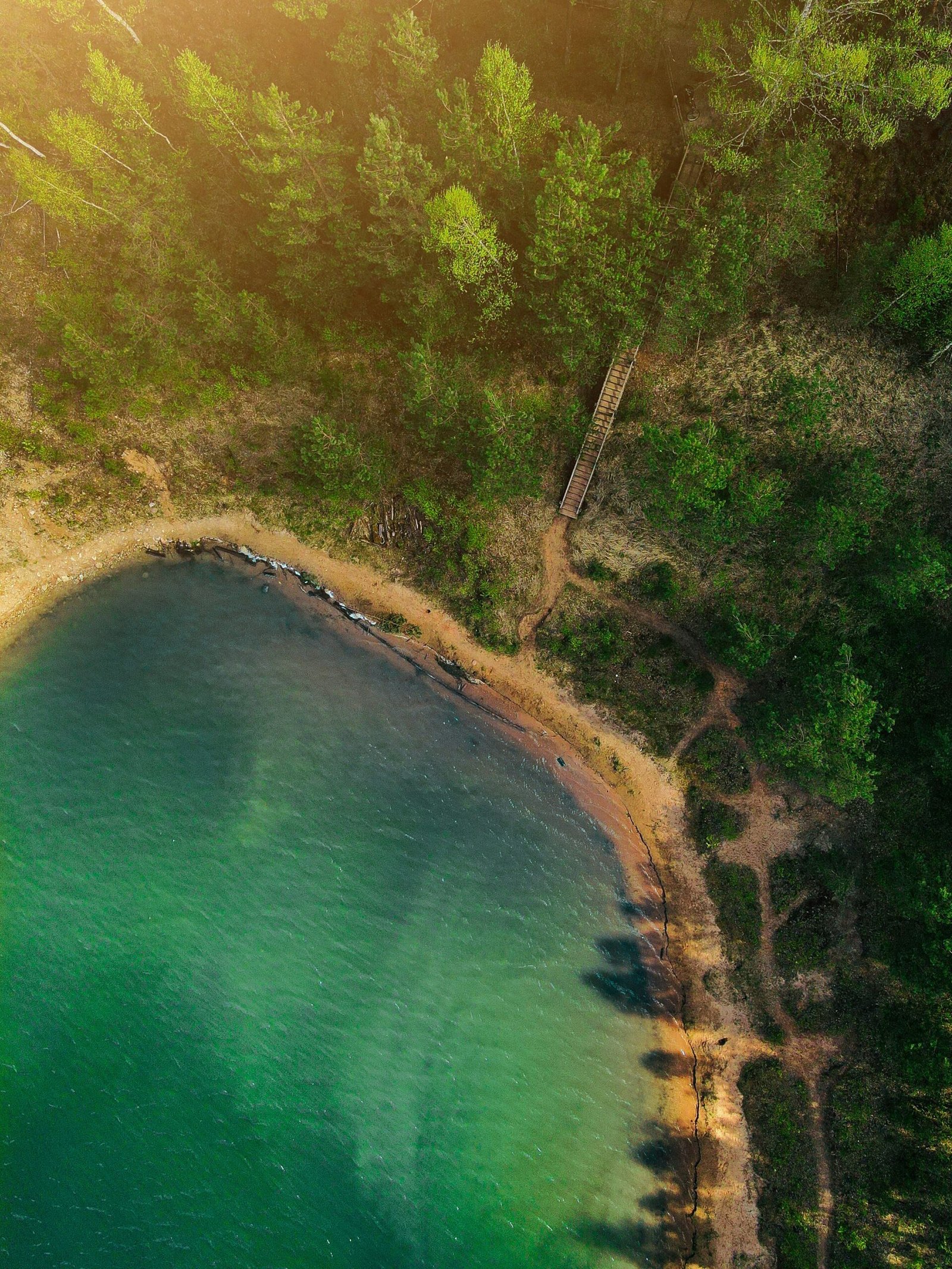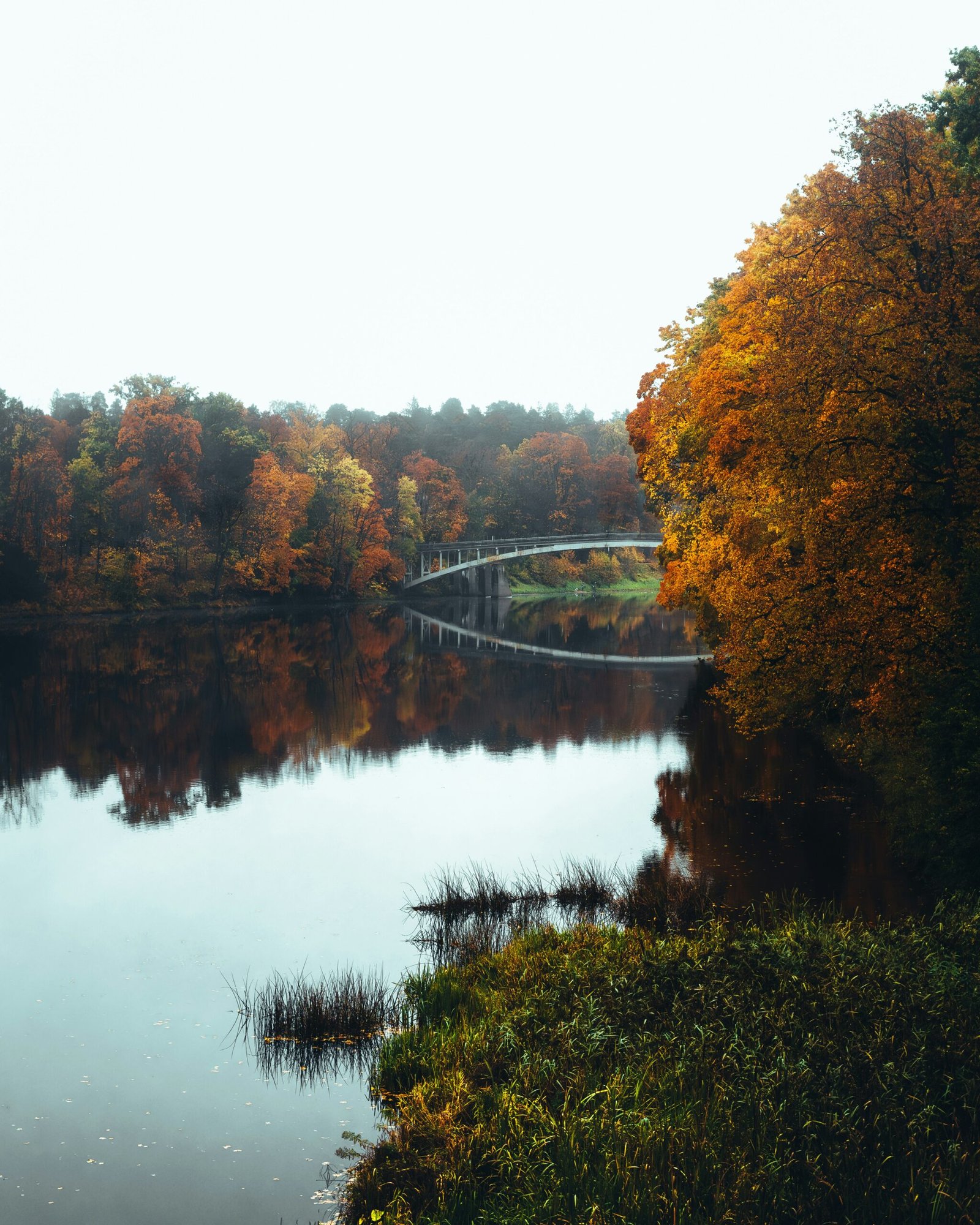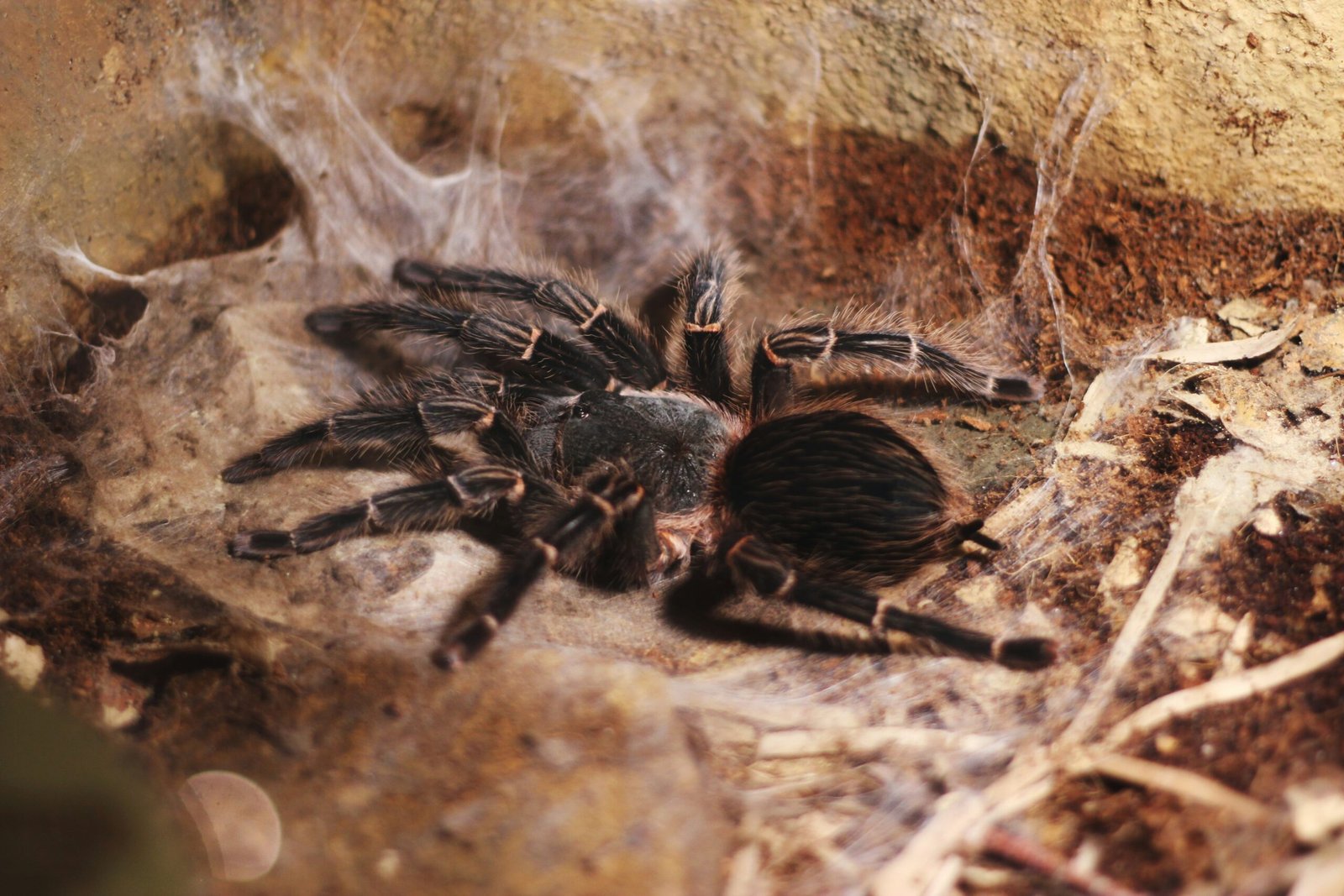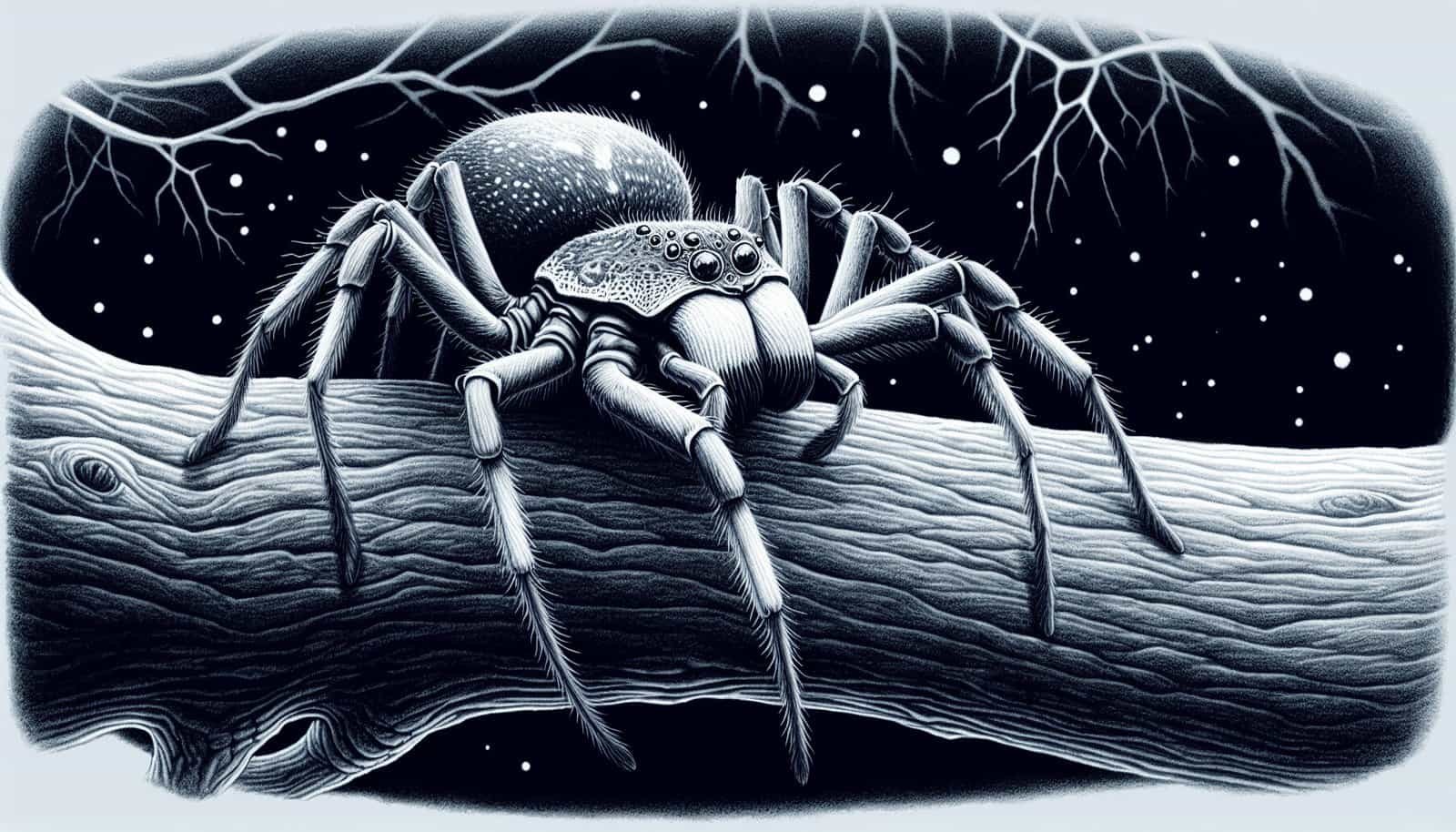In the fascinating world of exotic pets, few creatures are as intriguing as the ogre-faced spider. With its incredible hunting techniques and unique appearance, this spider demands a special approach to care and handling. To ensure your ogre-faced spider thrives, you will learn about its habitat preferences, dietary needs, and proper handling practices. Dive into the wonders of this enigmatic spider and discover the secrets to keeping it healthy and happy in your home.
How Do You Handle And Care For The Enigmatic Ogre-faced Spider With Its Incredible Hunting Technique?
Have you ever come across the ogre-faced spider and marveled at its unique hunting technique? If so, you’re not alone! This fascinating arachnid is well-known for its uncanny ability to catch prey using a silk “net.” But before you consider bringing one of these extraordinary creatures into your home, it’s essential to know how to handle and care for them properly. In this article, we will navigate through everything you need to know about ogre-faced spiders, from their behavior and habitat to their feeding needs and general care. Ready to dive in? Let’s begin!

What is an Ogre-faced Spider?
Ogre-faced spiders, scientifically known as Deinopidae, are a family of spiders famous for their unique method of hunting. Unlike traditional web-spinning spiders, these incredible creatures create a small, rectangular silk “net” which they use to ensnare prey. Their large eyes, which give them a somewhat ogre-like appearance, allow them to see exceptionally well in low light conditions, making them effective nocturnal hunters.
Key Characteristics
- Genus: Deinopis
- Common Name: Ogre-faced spider or Net-casting spider
- Appearance: Long legs, elongated body, and large eyes
- Habitat: Typically found in tropical and subtropical regions
Understanding Their Natural Habitat
Knowing an ogre-faced spider’s natural habitat can provide you with insights into creating a comfortable environment for them at home. These spiders are mainly found in tropical and subtropical regions, including parts of Africa, Australia, and Central and South America. They prefer areas with high humidity and are often found in forests and woodlands, where they can string their webs between branches and leaves.
Key Components of Their Habitat
- Temperature: Warm and consistent, mimicking tropical climates
- Humidity: High humidity levels (~70-80%)
- Shelter: Areas with plenty of foliage and cover
Creating the Perfect Enclosure
When setting up an enclosure for your ogre-faced spider, it’s essential to replicate its natural habitat as closely as possible. This will ensure your spider remains comfortable, healthy, and able to exhibit natural behaviors.
Enclosure Specifications
- Tank Size: A 10-gallon tank is generally sufficient
- Substrate: A mixture of peat moss and vermiculite to retain humidity
- Foliage and Decorations: Use artificial or real plants and branches to provide hiding spots and webbing areas
- Lighting: Low-intensity lighting or natural light to simulate dusk and dawn conditions
- Ventilation: Ensure good airflow to avoid mold buildup
Here’s a quick reference table for setting up their habitat:
| Element | Specification |
|---|---|
| Tank Size | 10 gallons |
| Substrate | Peat moss and vermiculite mixture |
| Foliage | Real or artificial plants and branches |
| Lighting | Low-intensity or natural light |
| Ventilation | Good airflow |
| Humidity | 70-80% |
| Temperature | Warm (around 75-80°F) |
Feeding Your Ogre-faced Spider
Feeding your ogre-faced spider is perhaps one of the most fascinating aspects of their care. These arachnids are nocturnal hunters that rely on their silk nets to capture prey.
Types of Food
- Insects: Crickets, flies, moths, and other small insects
- Feeding Frequency: Once or twice a week, depending on the spider’s size and appetite
Feeding Process
- Preparation: Drop a live insect into the enclosure during the evening.
- Observation: Watch as the spider uses its silk net to capture the prey. This can take some time, so patience is key.
- Post-Feeding: Remove any uneaten prey after a few hours to avoid mold and bacteria buildup.
Nutritional Needs
Ensure your ogre-faced spider receives a varied diet to avoid nutritional deficiencies. Rotate between different types of insects, and occasionally dust the prey with a vitamin supplement if you notice any signs of malnutrition.

Handling Your Ogre-faced Spider
While ogre-faced spiders are generally non-aggressive, handling them requires caution and respect. Their delicate bodies can be easily injured, so it’s best to handle them only when necessary.
Handling Tips
- Use Tools: Utilize soft brushes or cups to gently guide them without direct contact.
- Minimize Stress: Limit handling to essential activities like enclosure cleaning.
- Safety First: Wear gloves to protect yourself from potential bites, even though their venom is not harmful to humans.
Health and Wellness
Keeping your ogre-faced spider healthy involves regular monitoring and maintenance of their habitat. Here are some critical points to focus on:
Common Health Issues
- Dehydration: Ensure constant humidity and access to water droplets.
- Mites and Parasites: Regularly clean the enclosure and check for signs of infestation.
- Moulting Problems: Monitor the spider during its moulting phase to ensure the process goes smoothly.
Signs of Healthy Spider
- Active Behavior: Regular hunting and web-spinning activities
- Clear Eyes and Exoskeleton: No visible injuries or discoloration
- Proper Eating Habits: Regular feeding and prey consumption

Breeding Ogre-faced Spiders
Breeding these spiders can be a rewarding but challenging endeavor. Understanding their mating behaviors and requirements is crucial for successful breeding.
Mating Behavior
Ogre-faced spiders have specific mating rituals, often involving intricate web movements and signaling.
Preparing for Breeding
- Identify Sex: Ensure you have both a male and a female spider.
- Suitable Environment: Create a safe, stress-free environment for mating.
Care for Spiderlings
After successful mating, the female will lay eggs that hatch into spiderlings. Provide ample food and a safe environment for the young spiders to thrive.
Longevity and Lifecycle
Understanding the lifespan and lifecycle of ogre-faced spiders can help you care for them better.
Lifespan
Ogre-faced spiders generally live for around one to two years, though this can vary based on environmental factors and care.
Lifecycle Stages
- Eggs: Hatch in a few weeks
- Spiderlings: Go through multiple moults before reaching adulthood
- Adults: Continue to hunt and reproduce

Ethical Considerations
Before bringing an ogre-faced spider into your home, it’s essential to consider the ethical implications. Ensure you source your spider from reputable breeders and never take any wild spiders from their natural habitat, as this can disrupt local ecosystems.
Troubleshooting Common Problems
Here are some common problems you might encounter and how to resolve them:
Problem: Low Humidity
Solution: Increase misting frequency and add a water dish.
Problem: Refusal to Eat
Solution: Check for signs of moulting or health issues, and offer different types of prey.
Problem: Mold in Enclosure
Solution: Improve ventilation and clean the enclosure regularly.
Problem: Moulting Complications
Solution: Maintain optimal humidity and avoid disturbing the spider during this sensitive time.
You can keep track of these solutions with a handy reference table:
| Problem | Solution |
|---|---|
| Low Humidity | Increase misting; add water dish |
| Refusal to Eat | Check for moulting, offer different prey |
| Mold | Improve ventilation, clean regularly |
| Moulting Issues | Maintain humidity, avoid disturbances |

Conclusion
Caring for an ogre-faced spider can be both a fascinating and rewarding experience. These enigmatic creatures with their remarkable hunting techniques offer a glimpse into the diverse world of arachnids. By understanding their natural habitat, dietary needs, and care requirements, you can ensure a healthy and happy life for your spider. Remember, patience and respect are key when handling these delicate beings. Now that you’re equipped with all the necessary information, are you ready to embark on this extraordinary journey?
We hope this guide has provided you with valuable insights and the confidence to care for your ogre-faced spider. Happy spider-keeping!